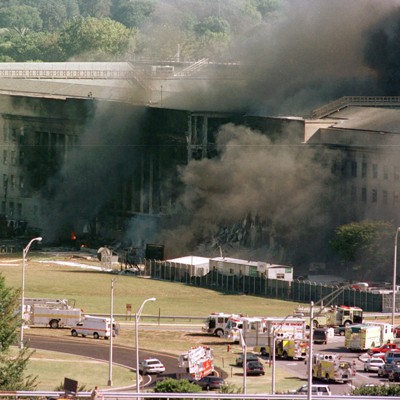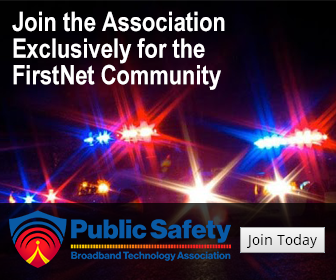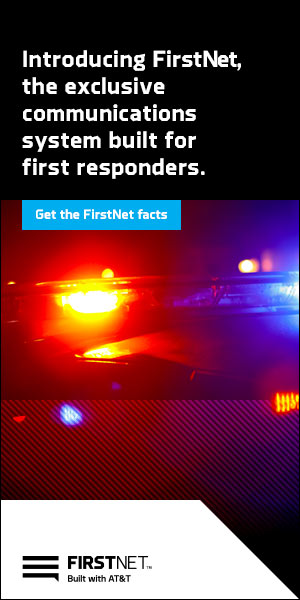by AllThingsECC.com | Sep 12, 2021 | Articles, Comm Center News
Proposed budget-reconciliation legislation introduced in the U.S. House calls for $10 billion in federal funding to support implementing IP-based next-generation 911 (NG911) in the United States during the next four years, according to language in the massive multi-trillion-dollar budget-reconciliation proposal.
Grant money would be available to support eligible entities “implementing [NG911], operating and maintaining [NG911], training related to implementing, maintaining and operating [NG911], … and planning and implementation activities,” according to legislative text released on Thursday…
by ECC Editor | Sep 12, 2021 | Articles, Comm Center News
20 years ago, on September 11 planes hijacked by Al Qaeda operatives crashed into New York’s World Trade Center, killing more than 3,000 people and injuring thousands of others. After the attack, more than 100,000 responders and recovery workers from every US state – along with some 400,000 residents and other workers around ground zero – were exposed to a toxic cloud of dust that fell as a ghostly, thick layer of ash and then hung in the air for more than three months. Till date, the 2001 attack remains the deadliest terrorist attack in US history.
Needless to say, it was an emergency of epic proportions. But contrary to the opinions of some, the horrific incident does not have any correlation with the 9-1-1 US Emergency Phone Number helpline. For the uninitiated, the three digit number can generally be used for any police, fire or medic and provides direct access to a public safety answering point. The system has been used ever since the 1960s… READ MORE
by AllThingsECC.com | Sep 12, 2021 | Articles, Comm Center News
By Edward Parkinson, CEO First Responder Network Authority
Soon after the planes hit the World Trade Center towers on September 11, 2001, Brad Morrell deployed from Utah to New York City as part of an urban search and rescue team.
Aboard the military airlift transporting rescuers, Brad remembers seeing otherwise empty skies except for the fighter jets escorting their plane. When they got to the fallen towers, the scene was unlike anything else he and his teammates had experienced.
In the initial days, cell service was non-existent, land-mobile radios were down, and repeaters to boost signals weren’t working. The only communications available to Brad and his team were two-way pagers they brought from Utah.
“We knew that comms was an issue. For the first few days, we couldn’t talk from Ground Zero back to our base of operations,” said Brad who now serves as the FirstNet Authority’s Director of Network and Technology Operations.
READ FULL ARTICLE
by AllThingsECC.com | Sep 11, 2021 | Articles, Comm Center News
Twenty years ago, 9/11 changed our lives as we know it. Everyone who lived through the horrific events of that day will never forget what they witnessed.
As we take this time to reflect on the loss we all experienced that day, I also vividly recall what I, and countless others, observed in the immediate aftermath. I saw humanity working together at its best in the wake of immeasurable tragedy. I saw a fighting spirit that wouldn’t let evil get the best of them. I saw unyielding support for the heroes who ran toward danger to help their fellow man.
That’s why FirstNet ® is proud to work with the nonprofit 9/11 Day to channel the emotions from the annual remembrance of 9/11 into a worldwide day of unity and doing good…
by AllThingsECC.com | Sep 10, 2021 | Articles, Comm Center News
WAYLAND — For everyone old enough to remember Sept. 11, 2001, what started out as a perfectly normal day turned out to be harrowing. We can remember exactly where we were when we heard the news of the planes hitting the Twin Towers. As we commemorate the 20th anniversary of the largest attack on American soil, one local EMT shares his story of being in New York City on that day.
Fred Grambs, chief for Springwater-Wayland EMS, was a captain for Lindenwood Volunteer Ambulance Corps in Queens. He recalls arriving comfortably at work, and then, when the second plane hit, his boss immediately relieved him for duty with the ambulance service.
“I called the base to find out where our ambulances were, and couldn’t get through. I knew we had one crew on, we had two ambulances, so I sat back and being an officer, I had to think about what to do,” he remembered…

by AllThingsECC.com | Sep 10, 2021 | Articles, Comm Center News
When terrorists crashed a plane into the Pentagon on Sept. 11, 2001, it wasn’t a branch of the military that oversaw the massive emergency response operation—the lead agency was the 266-person Arlington County Fire Department in Virginia.
The emergency response at the Pentagon that day was largely considered a success, by the 9/11 Commission, due in part to the high level of regional cooperation among local, state and federal agencies that enabled first responders to quickly stand up an incident command system.
Twenty years later, emergency preparedness experts say the incorporation of regional training and communications into emergency planning is one of the most important takeaways for local governments from the deadly terrorist attacks…



